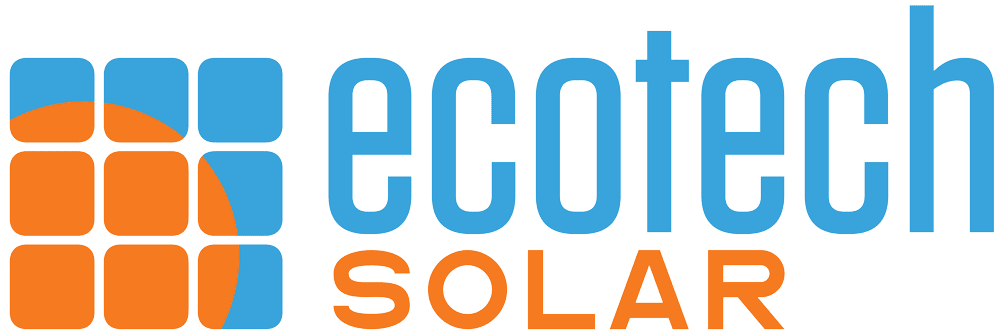Modern Solar Systems Are Safer Than Ever — Here’s Why
Solar power is one of the safest ways to make electricity. It doesn’t create pollution, fumes, or dangerous waste like fossil fuels or nuclear power. When solar panels are installed correctly, they’re very low-risk — but like any electrical system, they follow strict safety rules to keep people and property safe.
Safety Features That Protect Your Home
Here are some of the key protections built into modern solar systems:
- Arc Fault Protection (NEC 690.11)
Sometimes, wires can become damaged or connections can come loose. This can cause something called an “arc fault” — basically, electricity jumping through the air, which could start a fire. Solar systems now include special devices that detect this and shut the system down before anything dangerous happens – typically within miliseconds. - Ground Fault Protection (NEC 690.5)
A “ground fault” happens when electricity accidentally flows where it shouldn’t — like into a metal part of your system or building. This could lead to shocks or fires. Solar equipment is required to sense this and stop the flow of electricity right away to keep everything safe. - Rapid Shutdown Requirement (NEC 690.12)
If firefighters need to get on your roof during an emergency, they need to be sure the solar panels aren’t live. That’s why systems are now required to include a “rapid shutdown” feature. This means the system can be turned off quickly, and the voltage drops to a safe level — within seconds.
These features are required by the National Electrical Code (NEC), which is updated every few years to improve safety. Today’s solar equipment is smarter, safer, and more reliable than ever before — making solar power a solid choice for clean, safe energy at home.
